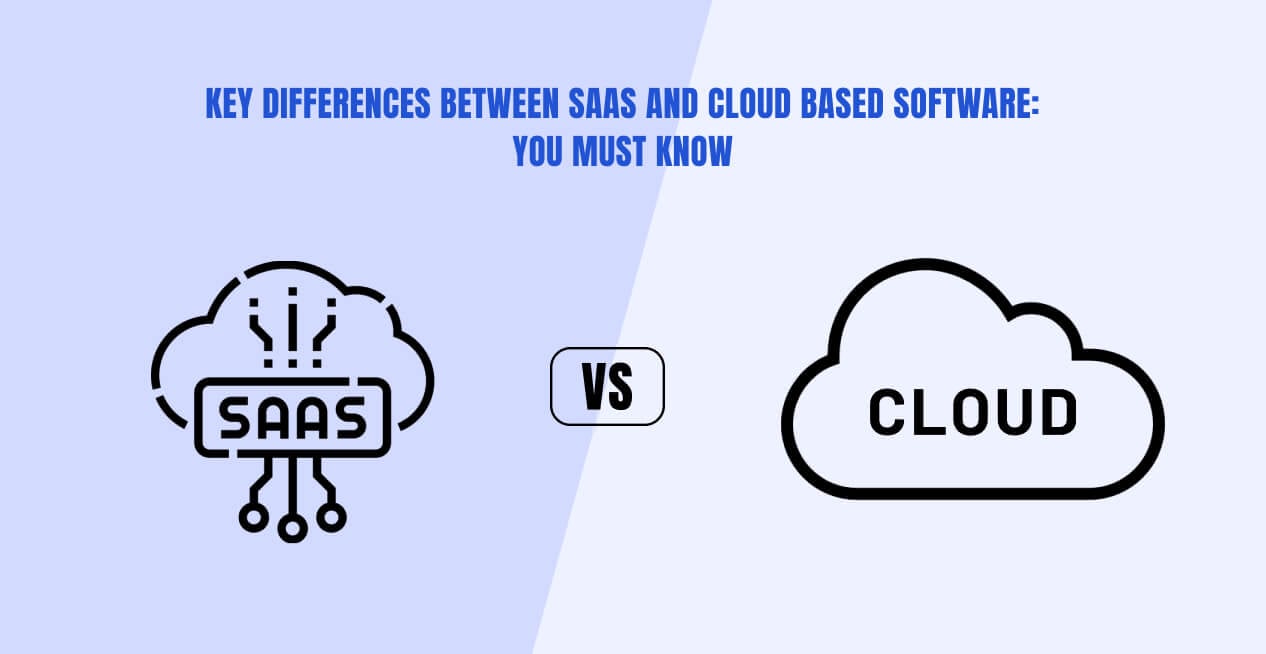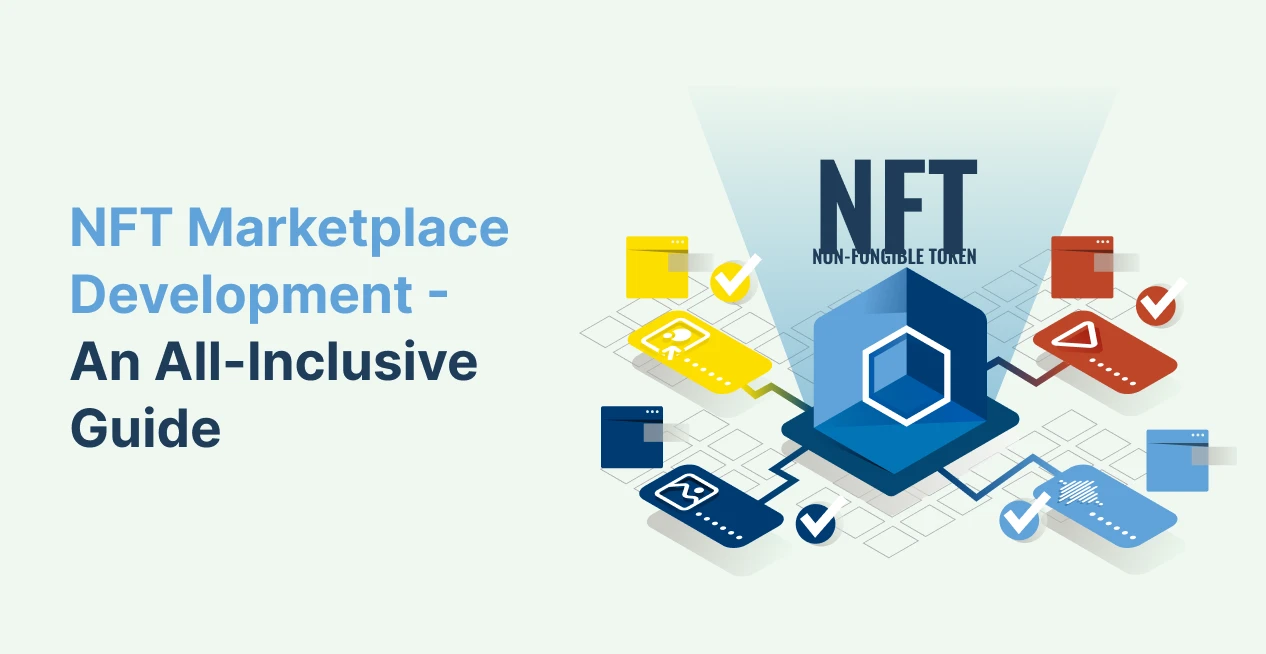SaaS Vs Cloud: Overview
In the ever-evolving world of cloud-based technologies, understanding the SaaS vs Cloud debate is crucial for businesses of all sizes. These technologies, Software-as-a-Service (SaaS) and Cloud Computing are often used interchangeably but possess distinct advantages.
This blog will delve into a concise analysis of the key differences between SaaS and Cloud. We’ll also explore how these technologies adapt to meet the ever-changing demands of businesses in the modern digital landscape. Prepare to unlock valuable insights into the world of SaaS and Cloud Computing, and discover the true potential these technologies hold for your business.
SaaS Vs Cloud: Quick Comparision Table
| Aspect | SaaS | Cloud Computing |
| Deployment | Pre-configured and maintained by the provider. | Requires more user involvement in configuration and management. |
| Customization | Limited options. | Highly customizable. |
| Maintenance | Managed by provider; updates automated. | Requires varying degrees of maintenance. |
| Scalability | Scalable but may have limits. | Highly scalable |
| Cost Model | Subscription-based pricing. | Variable, pay-as-you-go or fixed plans. |
| Examples | Salesforce, Google Workspace. | Amazon Web Services, Microsoft |
What is SaaS?
What does saas stand for? SaaS stands for ‘Software-as-a-Service.’ Let us define SaaS in simpler terminology; it is a cloud computing model, subscription-based software available to users on the internet. By this, the user won’t have to worry about installing the software on the local computer. Instead, they can access it through a web browser or mobile app.
What is Cloud?
Cloud computing is a network of remote servers that provide the host destination for various computing services over the internet. This cloud allows the users to avail of these services and resources through the internet rather than running applications or data on local computers.
Cloud computing is broken down into three categories mainly:
- IaaS (Infrastructure as a Service)
- PaaS (Platform as a Service)
- SaaS ( Software as a Service)
SaaS vs Cloud-based Software
SaaS and Cloud are two different sides of the same coin. They vary significantly from one another; let’s examine how;
Cloud computing is akin to a big cloud that enables users to modify and manage software applications online, hosted by third-party providers like AWS. You can access all your data on this host from anywhere.
SaaS, on the other hand, is a category of cloud computing that enables online subscription-based payment for applications.
Google, Adobe, Slack, Shopify, and Microsoft, are categorized under SaaS. The major players in the cloud industry are AWS, MS Azure, Google Cloud Platform, IBM Cloud, Adobe Creative Cloud, VMware, and Rackspace.
SaaS has one major drawback, which is users may lose control over software customization or management. It implies that users have no right to control the application. Cloud users have access to data stored remotely by a third party, enabling them to control and customize server-side applications.
For every business, data storage is essential, whereas SaaS serves a different purpose than a data backup facility. However, the cloud makes storing data and performing automated backups easier.
In SaaS, the user does not have control over the servers, but in the cloud, the user has full authority and can cancel the servers without their permission.
What is a SaaS-based Application?
SaaS-based applications are software you don’t have to run into your premises. This suggests that most SaaS-based products are cloud-based or operate through a web browser. SaaS does not function as a plugin like conventional software or sit on your device to run.
SaaS products created havoc by being most popular during the tech boom in the late 1990s when companies required rapid scalability and cost-effective computing. SaaS improves overall ROI by providing the primary benefit of lowering the costs of deploying and maintaining SaaS-based applications. One of the key benefits of SaaS is being cost-effective. However, it has also made remarkable progress in reducing the Total Cost of Ownership and boosting margins for B2B and B2C companies.
Additionally, it doesn’t get over here; numerous additional benefits exist. Most SaaS products promise to operate over the newest and most recent versions continuously, necessitating no updating. By the time SaaS keeps on growing and improving, so are the benefits to the customers.
SaaS examples are Salesforce, Microsoft Office 365, Dropbox, Stack, and Hubspot.
Do you have an initial idea but don’t know how to develop it into a final product?
OpenXcell, is a leading SaaS development company that will help you grow and scale your product to the next level with SaaS.
What is a Cloud-based Application?
The active host members in the Cloud-a gigantic ocean are considered as a cloud-based program or service. It includes different models like SaaS, PaaS, and IaaS-based apps. To put it the other way, when a service or product requires an internet connection to function correctly, it is referred to as cloud-based.
The brainchild behind the Cloud was to share data more efficiently and rapidly. Technology advancements make it possible to house all servers and storage in a cloud, making up the cloud computing infrastructure more. The substantial difference between SaaS and Cloud services is, SaaS is part of a Cloud.
Platform as a Service enables developers to create and deploy applications without handling underlying infrastructure. IaaS, in contrast, gives users access to virtualized computing resources that they can control and configure themselves.
Customer relationship management, enterprise resource planning, and project management tools are examples of cloud-based software.
Cloud Vs SaaS: Benefits for Businesses
Considering the leap in the growth graph, 85% of enterprises already use SaaS software. In 2022, 57% of organizations moved their workloads to the cloud. This means companies can relocate their large computer clusters and increase their IT capacity without acquiring or maintaining expensive in-house servers.
a) Every company prioritizes data security. The most reliable access control, layered authentication modules, and encryptions are found in the cloud. Companies can implement a private cloud strategy for more stringent security concerns.
b) Mobility is one of the key features of the cloud because it allows users to easily access data from almost anywhere. As a result, remote users can work, finish their tasks, and stay in the loop with the company.
c) It lessens the need for hiring IT specialists to manage and troubleshoot their services. Companies don’t have to invest more in technology purchases or equipment maintenance.
d) Companies don’t need extensive hardware because they can gain high-performance and custom options at their fingertips. All sizes of businesses can adapt to the shifting needs of a dynamic workforce.
e) Cloud storage offers continuous data retrieval and instantly permits backup. Therefore, lost data can be accessed easily.
SaaS Vs Cloud: Examples
SaaS and cloud applications have revolutionized many company sectors. They noted tremendous development in all areas. Here are some instances:
Software as a Service examples:
- SalesForce
- Zoom
- Google Applications (G Suite)
- Slack
- HubSpot
- Shopify
- SAP Concur
Cloud-based examples:
- Dropbox
- Gmail
- Maropost for Marketing
- Hubspot
- Adobe Marketing Cloud
- SlideRocket
- Ratatype
- Amazon Web Services
- ClearDATA
- Dell’s Secure Healthcare Cloud
- IBM Cloud
- IT consolidation
- Shared services
- Citizen services
Key Takeaways in the SaaS vs Cloud Discussion
Businesses can only thrive if they stay ahead of the competition by adopting cloud computing or a subset like SaaS. It has numerous advantages for businesses of all kinds, significantly lessening the hassle by requiring minimal maintenance, offering flawless reliability, and enabling entry from almost anywhere.
Are you planning to develop SaaS-based software? Hire SaaS developers from top-rated SaaS application development services company, OpenXcell, and take advantage of the opportunities presented by the dynamic world of cloud computing vs SaaS.









